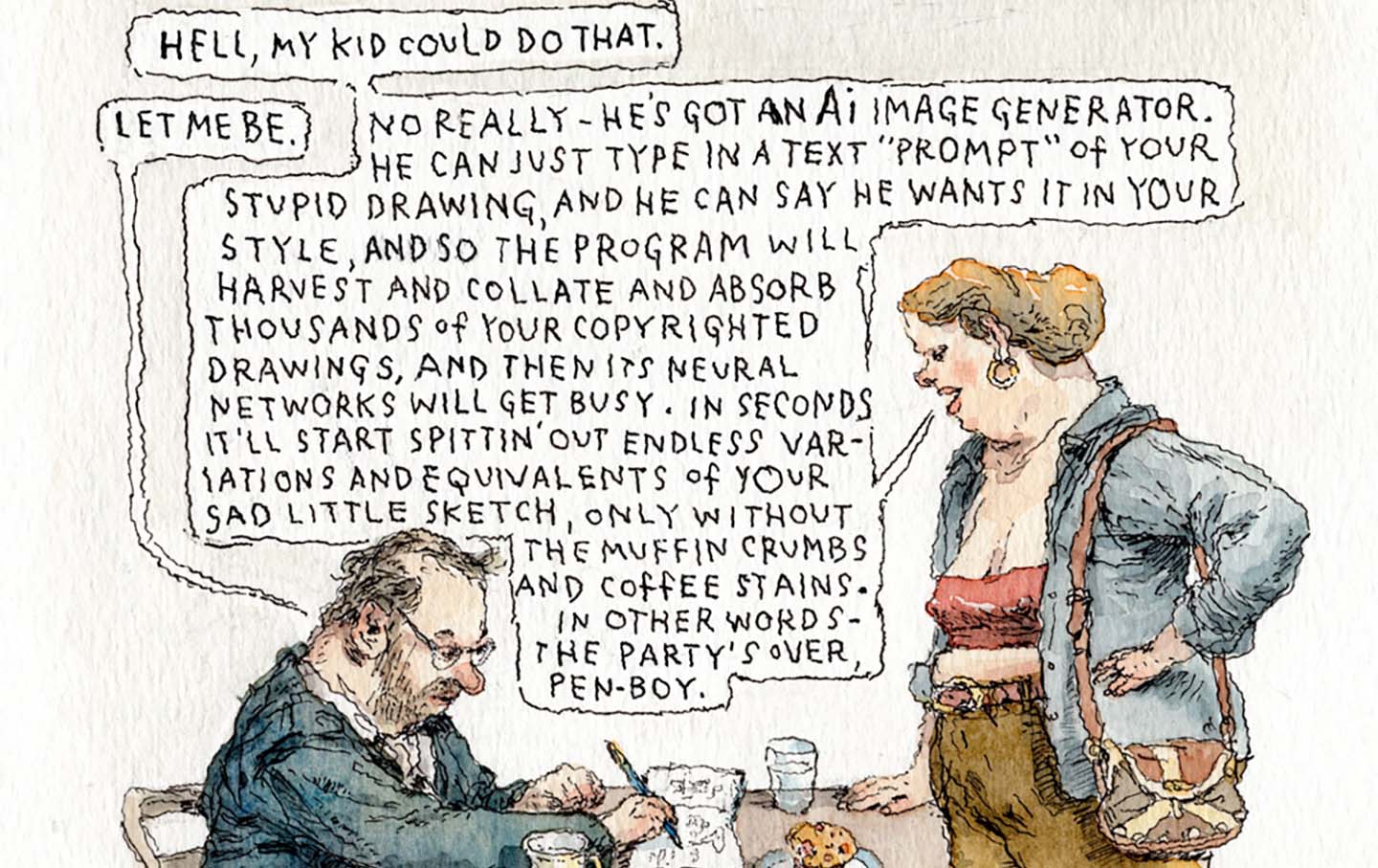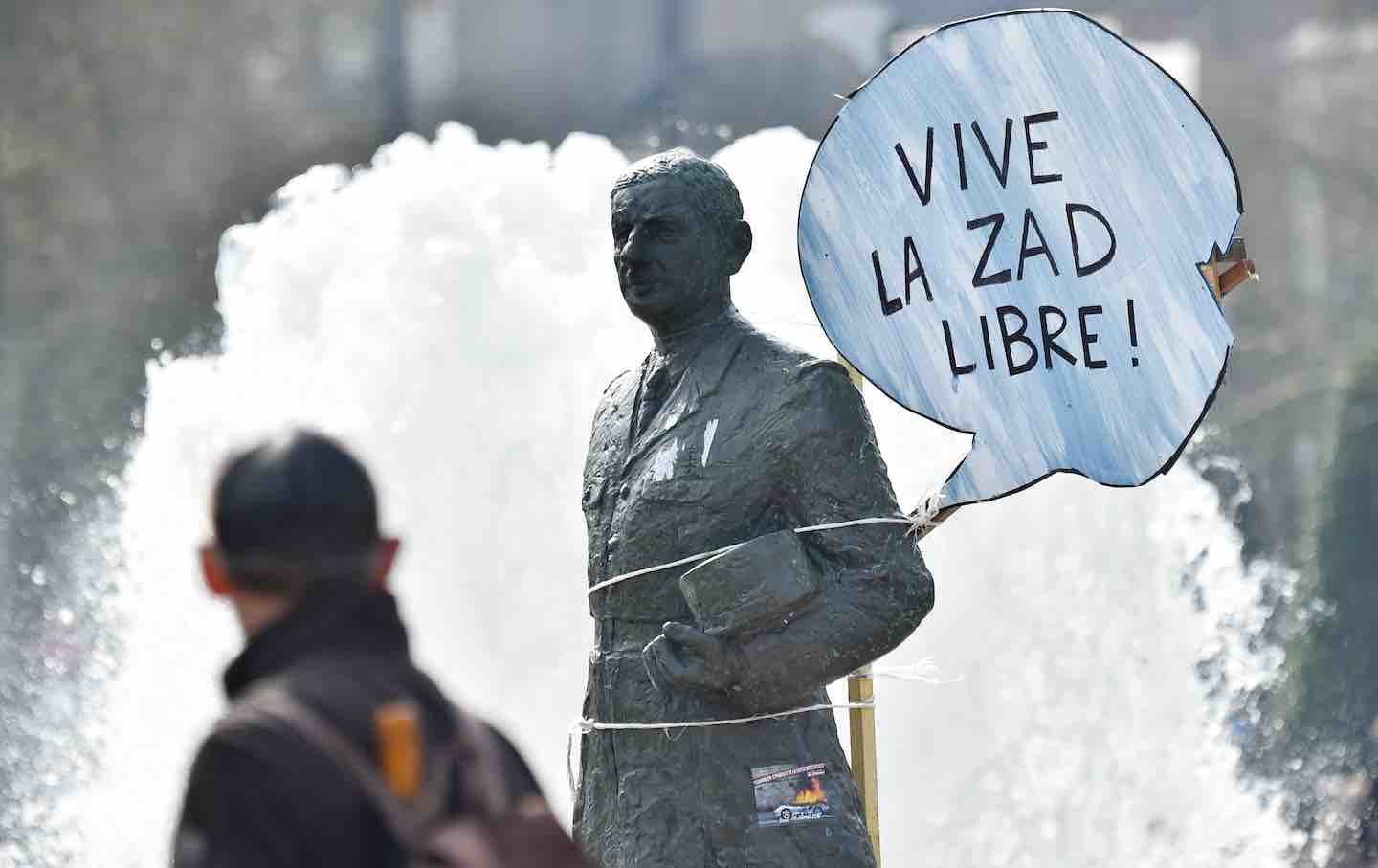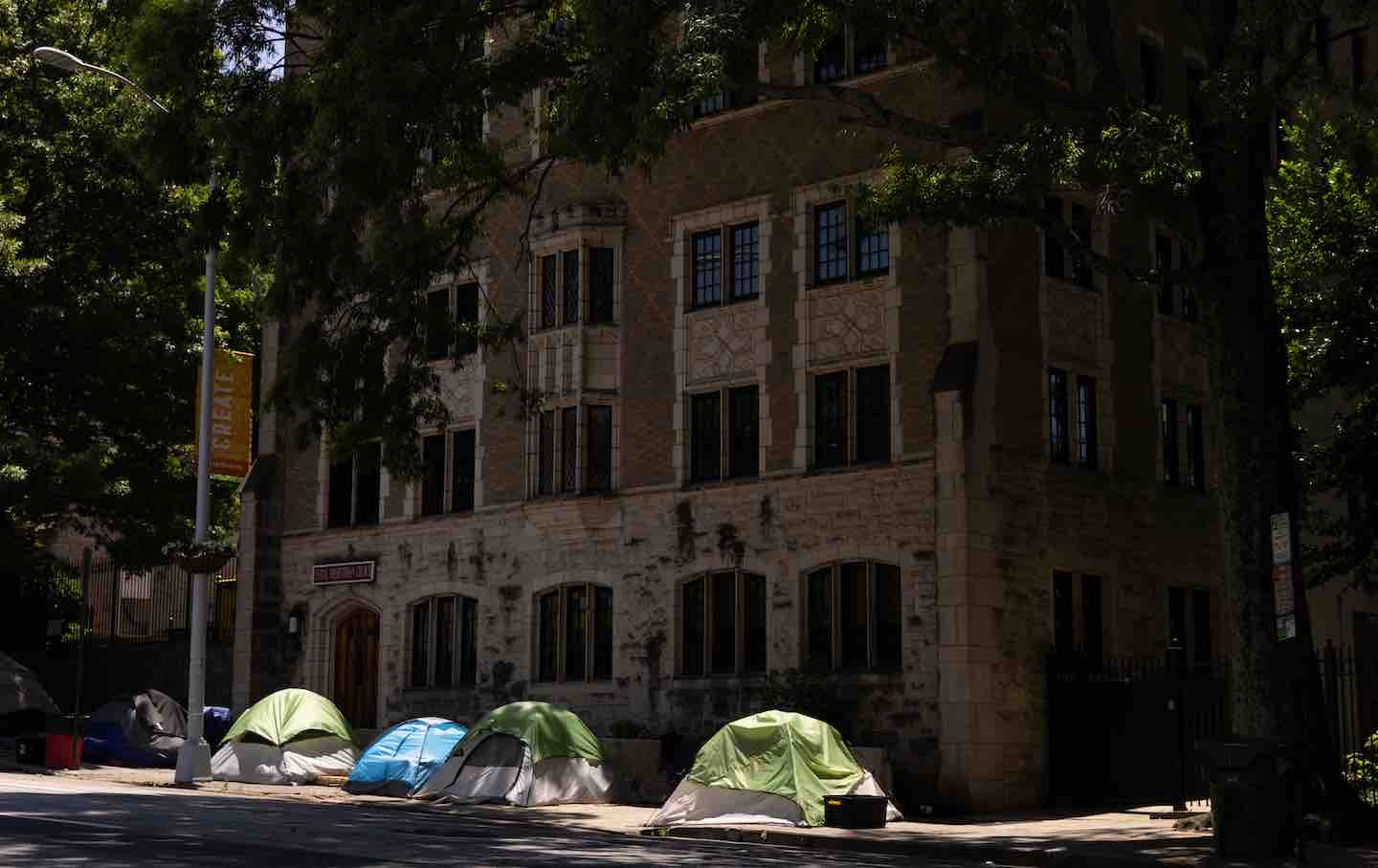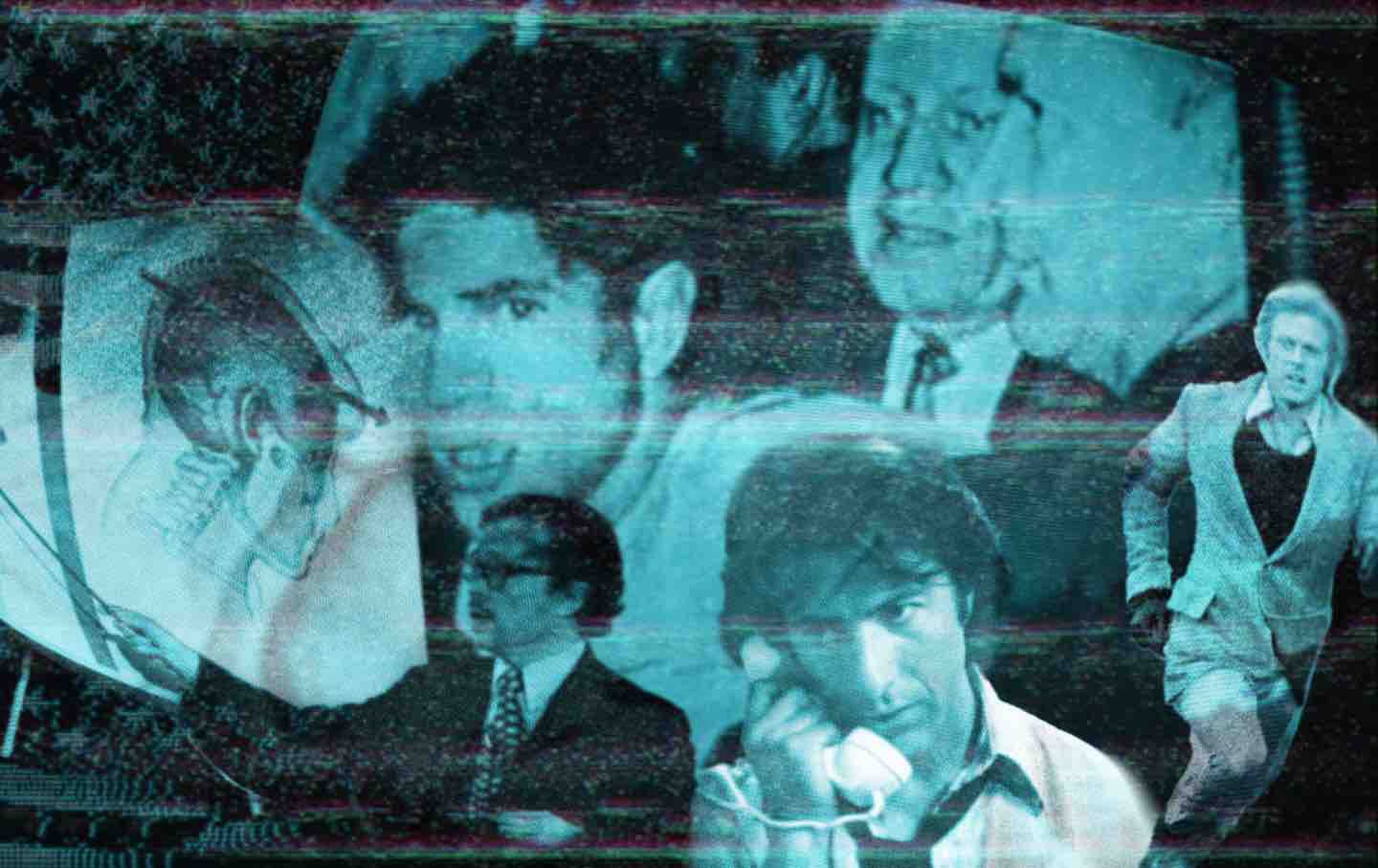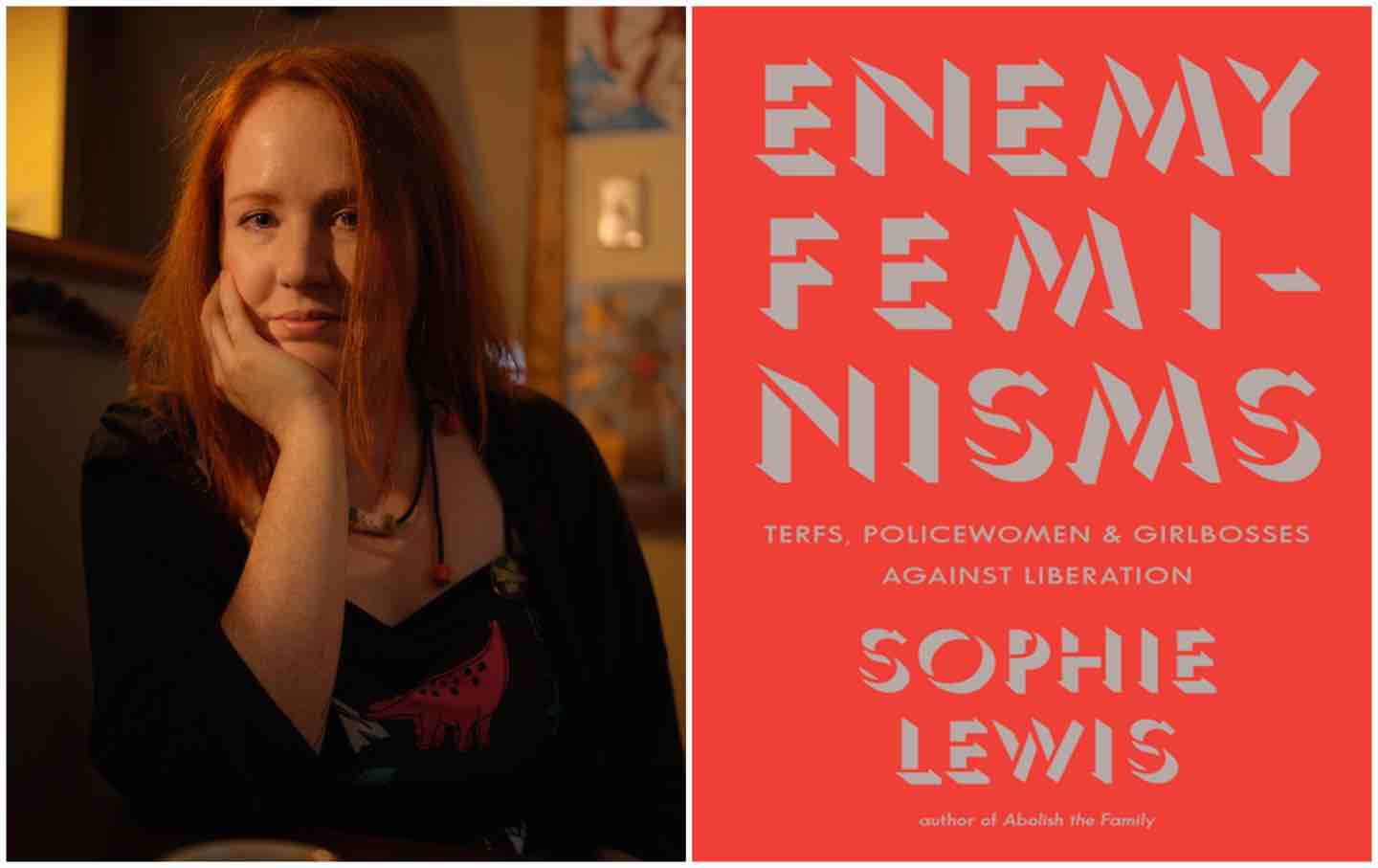Althea Gibson Let the Racquet Do the Talking
A recent biography of the complicated tennis legend underlines the sport’s persistent challenges with race, class, and celebrity.
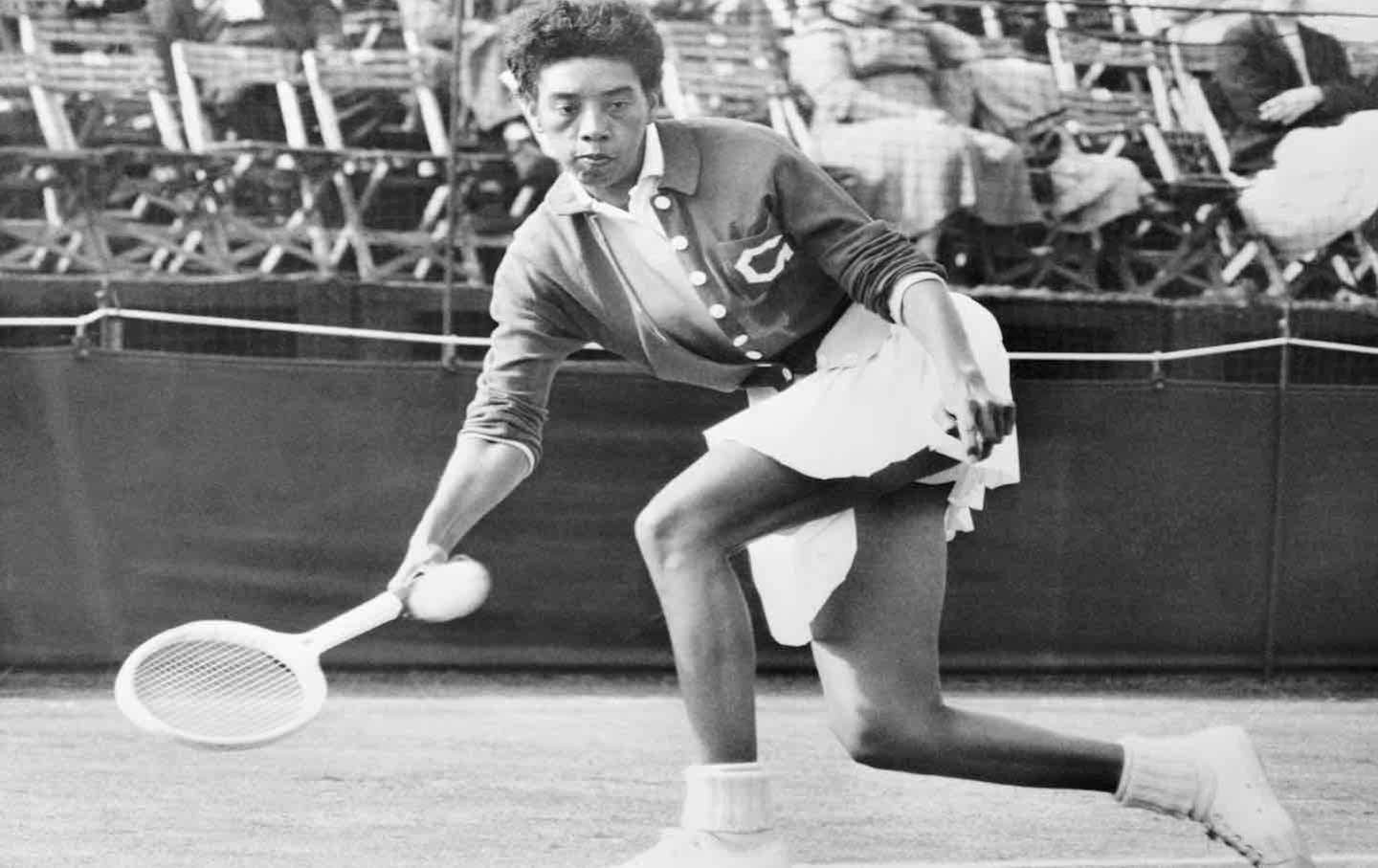
Tennis fans streaming into Arthur Ashe Stadium in the USTA Billie Jean King National Tennis Center for the US Open every September might be forgiven for not pausing to notice a statue along the way. People can pass by monuments every day without noticing them or, as Robert Musil famously noted, ever having “the slightest notion of whom they are supposed to represent.” That might especially be the case for the bronze bust, emerging from a granite cube, that honors Althea Gibson—likely unrecognizable to most tournament-goers if it weren’t for the name etched into its base. Though Gibson broke the color line in American tennis in 1950 and was the first African American to compete in the US Nationals at Forest Hills (almost a full decade before Ashe made his major tournament debut there), she was overlooked for decades by all but the most ardent devotees of Black or women’s tennis. Their efforts to honor Gibson began making headway about a decade ago: The US Postal Service issued a Gibson stamp in 2013 as part of its Black Heritage series; the statue in Flushing went up in 2019; and in 2022, the Harlem street where she grew up was renamed Althea Gibson Way—to cite just a few of the projects saluting the world’s No. 1–ranked player from 1956 to 1958.
Books in review
Althea: The Life of Tennis Champion Althea Gibson
Buy this bookBut such a recovery is tricky in Gibson’s case, not because she didn’t triumph in a field hostile to someone like her—Black, poor, and gender-nonconforming—but because Gibson herself resisted being cast as a pioneer. Apart from being sometimes prickly, cocksure, and aloof, Gibson refused to make a stand for Black equality even as she confronted overt racism at every turn: Spectators at Forest Hills yelled slurs at her; clubs where she was competing barred her from eating in their facilities or even using the locker rooms; hotels refused to put her up where white players were staying. Gibson hardly ever acknowledged these affronts publicly—at her first Wimbledon competition in 1956, she told the local press: “Color bar? I have never met it in tennis.” She insisted on keeping her interviews focused on tennis, and tennis alone. “I don’t consciously beat the drums for any special cause,” she wrote in her 1958 autobiography, I Always Wanted to Be Somebody, “not even the cause of the Negro in the United States, because I feel that our best chance to advance is to prove ourselves as individuals.”
So it’s too easy, on the one hand, to depict Gibson as a sports hero fit for a Florida classroom: a paragon of independent striving who demonstrates that anyone with talent and tenacity can be a champion, with no need to discuss the barriers and prejudices she had to overcome (or to mention the series of mentors, patrons, allies, chosen kin, and advocates without whom she could not have succeeded). On the other hand, to properly take into account the undeniable racism and sexism she confronted and paint Gibson as an icon of progressive struggle risks brushing aside the preference that she emphatically asserted for her public self.
The Boston Globe sportswriter Sally H. Jacobs wisely makes these contradictions the organizing principle of her recent biography, Althea: The Life of Tennis Champion Althea Gibson, showing how Gibson navigated an often antagonistic world in the only way she could—and, as Jacobs suggests, the only way the world would let her.
Gibson was born in 1927, to a family of sharecroppers in Silver, South Carolina. Soon after her birth, her family joined the Great Migration, landing in New York in the years of the Harlem Renaissance’s heyday. But the glory of that cultural florescence sometimes obscured the poverty and ill health that families like the Gibsons endured in the neighborhood, which was only exacerbated when the Great Depression hit. With contagion spreading quickly in overcrowded housing, health officials called the street where Gibson grew up—143rd Street, between Lenox and Seventh avenues—“the lung block,” because of the enormous number of residents dying from pulmonary tuberculosis.
Gibson’s father, “ensnared, near powerless, in the chokehold of segregation and chronic unemployment,” Jacobs writes, often beat his five children with a power cord when they misbehaved. Althea never cried. Prone to wandering, she was often punished for her girlhood tendency to roam the streets for a few days without coming home, riding the subway through the night or sitting in movie theaters soaking up films for hours on end.
Her formal career as an athlete began when her street became one of many periodically closed to traffic by the Police Athletic League to give children a space to play. At age 10, Gibson picked up a wooden plank with a handle that the cops provided and joined a game. Within a year, she was the citywide paddle tennis champion, and she held that title for the next four years. She also pitched for the city’s championship softball team—the only girl on the roster.
That closed block was the first of many interventions that helped turn Gibson into a contender on international courts, even as social biases and restrictions kept putting up formidable obstacles. Various adults took an interest in the fierce and gawky girl and, over the years, provided surrogate families that gave her affection, stability, and material support. An early patron was the Harlem lightweight boxing champ Sugar Ray Robinson, along with his wife, Edna Mae Holly, who took Gibson in.
Recognizing that she also had a deep interest in music, Robinson bought Gibson a saxophone and introduced her to the bandleader Buddy Walker, and it was Walker—impressed by her “aggressive strokes and swift movement” in street paddle tennis—who connected her to the swanky center of Harlem tennis, the Cosmopolitan Club, both a hub for recreational players and an affiliate of the American Tennis Association. Like the Negro Leagues in baseball, the Black-led ATA operated across the country parallel to the whites-only establishment, the United States Lawn Tennis Association (USLTA; the “Lawn” was dropped from the name in the 1970s). Although the Cosmopolitan was “just blocks away from the Gibsons’ apartment,” Jacobs writes, “the club was a universe apart, with its cadre of professionals drawn from the country’s emerging Black middle class.”
While skipping out on high school and sometimes living in shelters, the “skinny thirteen-year-old girl wearing torn blue jeans and a formidable scowl” took tennis lessons at the tony club from the storied coach Fred Johnson. The Cosmopolitan Club’s leaders overlooked Gibson’s “delinquent status and masculine bearing” because of her prodigious talent, seeing in her the means of eventually integrating white-dominated tennis.
That goal became an explicit plan in 1946, when two prominent torchbearers of Black tennis watched Gibson compete in the women’s finals of the ATA’s 29th annual championships in Ohio. From the stands, Dr. Hubert Eaton, a surgeon from Wilmington, North Carolina, and Dr. Robert Walter Johnson, a physician from Lynchburg, Virginia, marveled at the 19-year-old high school dropout’s torpedo power. They approached Gibson as she cried and grumbled to herself after having lost the match and asked her what sounded like a pie-in-the-sky question: “How would you like to play Forest Hills?” The doctors would cover all her expenses as they paved her way there.
Gibson’s acceptance of their offer set her on two parallel tracks. The first involved harnessing her athletic gifts into consistent, strategic, competitive play; the second—and more slippery—involved transforming her into a properly feminine young lady, as was expected of the women’s tour as well as among the Black bourgeoisie. Gibson moved into Eaton’s Wilmington home and went back to high school, playing sax in the marching band, singing tenor in the choir, and participating in the boys’ varsity baseball and football practices. After school, Eaton drilled her in ground strokes and serving on his private court, and his wife coached her in dress and comportment. In the summers, Gibson lived in Lynchburg, where she joined Johnson’s nascent ATA youth program and, in 1947, won the first of 10 consecutive women’s ATA championships. In the spring of 1949—only three years after the doctors swept her into their upscale world—she became the first Black woman to compete in the USLTA’s Eastern Indoor Championships in New York. Gibson went down in the semifinals, but her strong performance opened the door to future USLTA contests.
Gibson graduated from high school that spring, and the doctors waved her on to college. She accepted a basketball scholarship to Florida A&M—almost three decades before Title IX would make athletic scholarships for women commonplace. The authorities looked the other way when Gibson consistently violated the rules against smoking, swearing, and using the rec room in the men’s dorm, where she walloped her opponents in pool and ping-pong. Though the student handbook threatened disciplinary action against any student “exhibiting homosexuality (or even a tendency in that direction),” Gibson, according to several classmates that Jacobs interviewed (among more than 100 sources), repeatedly made advances to women. In her recent, archives-based biography Serving Herself, the scholar Ashley Brown states that her research turned up no evidence that Gibson had same-sex partners, yet Brown describes her as “queer”—a fitting concept, she writes, “for understanding the degree to which she was a social misfit.”
Whether Gibson sustained romantic relationships with the women she flirted with remains an open question. Jacobs affixes no labels but cites friends and acquaintances who knew Gibson to prefer women over men. Either way, she was certainly gender-variant—as one observer told the press in 1950 (echoing many), “You had to look two or three times at Althea in order to convince yourself she was a girl.”
Jacobs uncovered an astonishing fact: Gibson’s birth certificate recorded her as a male baby named Alger. (It was corrected in 1954.) Jacobs also notes that Gibson was crushed at age 15 when she learned that she was incapable of having children. Jacobs doesn’t speculate further; she simply, and properly, recounts what her reporting and research revealed: an apparently frisky affair with an older male colleague after Gibson graduated college and taught and coached (men’s teams) for a couple of years at an HBCU in Missouri; two short-lived marriages to men (at least one of them chaste); and close ties in her later, infirm years to a lesbian community in the New Jersey town where she lived.
As gossip, Gibson’s gender expression and sexuality don’t matter, of course, but it is always valuable to recall how dangerous it was to be—or just seem—anything other than cis and heterosexual in mid-20th-century America. What’s more, Gibson’s case lays bare the misogynoir underlying sports discourse to this day. Traditional femininity is typically framed as wispy and white, while women’s athletic prowess is regarded as its antithesis. As a result, Black sportswomen from Gibson to the Williams sisters to Brittney Griner have been intensely scrutinized and frequently slandered for any gesture or utterance deemed indecorous—but that are laughed off, even cheered, when committed by men. This narrow, biased ideal of femininity has long been weaponized in a demand for respectability politics. Even as she ascended as a champion, Gibson paid again and again for refusing—or simply failing—to heed it.
In 1950, thanks to a steady pounding on the doors by the leaders of the ATA—and to a scathing letter in American Lawn Tennis magazine, written by the former champion Alice Marble, denouncing the USLTA as racist, “sanctimonious hypocrites” for barring Gibson from the nationals—Gibson strode onto the courts at Forest Hills. Though she lost in the second round, she had shattered the racist color barrier—“as an exception,” Jacobs qualifies, “not a change agent.”
Almost right away, factions with competing interests fought over Gibson’s next moves. First, the question of whether she would finish college erupted into a bitter conflict in 1951 between her mentors, who reasoned that she needed to be prepared for a life beyond tennis, and the ATA, which wanted her to abandon classes to join an ambitious international tour that would boost Black participation in the sport. Then, as Gibson advanced in white-dominated tournaments, the ATA vainly insisted that she pull back, fearing that if the best Black players followed her lead into USLTA competition, they would abandon the ATA’s ranks altogether.
That year, the funds from a collection taken up by her classmates, as well as the proceeds from a community benefit and a plane ticket and hotel suite supplied by the legendary former heavyweight champion Joe Louis, enabled Gibson to become the first African American to play on Wimbledon’s grass courts. She was gawked at (one local paper marveled that this “Negress” bathed daily ), played erratically, and was crushed in the third round; even the Black press called her one of the world’s “biggest flops.” Lacking the language that Naomi Osaka would use some 70 years later, Gibson took a mental health break. She started the Missouri coaching job and, while not entirely giving up tournament play, considered other pursuits—a singing career, joining the Women’s Army Corps—until, in 1955, she jumped at an invitation from the US State Department to participate in a goodwill tour of Southeast Asia. Gibson’s presence alongside three white players was a deliberate American effort to demonstrate the nation’s racial progress—the kind of tour that the famed singer, actor, and civil rights activist Paul Robeson scoffed at as a “global advertising campaign to deny the obvious.”
Popular
“swipe left below to view more authors”Swipe →But Gibson never suggested that she felt used. On the contrary, she soaked in the spectators’ appreciation at the exhibition matches, along with tips on strategy from her colleagues, and returned to the competition circuit a far stronger player. Suddenly, she was snatching up titles in a tournament swing through Italy, and she scored her first Grand Slam victory—the first for any Black player—in Paris, despite being booed as she walked onto the court at Roland Garros. As she toured England ahead of Wimbledon, she was demoralized by the racist reception and, once on Center Court in London in 1956, rattled by hostility from the crowd; she lost in the quarterfinals. Still, she won the Wimbledon women’s doubles (with partner Angela Buxton, a British Jew: “Minorities Win,” announced a headline). And back in New York, she made it to the US National finals in Forest Hills.
With more focused determination than ever, Gibson set her sights on the next Wimbledon in 1957. She felt so confident going in that she bought a gown for the champions’ ball and wrote a victory speech—and she had occasion to use them after she bagged a sluggish, sloppy final against Darlene Hard, despite the crowd’s jeering when she scored and applauding when she committed errors. “At last, at last,” Gibson declared when Queen Elizabeth II presented her with the trophy dish.
New York celebrated Gibson with a ticker-tape parade—the only Black woman to date to have been so honored. Yet, now at age 30, Gibson still wasn’t earning a living. As she liked to point out—even as she went on to win Wimbledon again as well as the US Nationals in 1957 and 1958—“You can’t eat a crown.”
So Gibson cut an album, Althea Gibson Sings, and performed on The Ed Sullivan Show. (She flopped.) She also took a role in The Horse Soldiers, a Civil War movie starring John Wayne, in which she played a servant. Gibson then went pro—rendering herself ineligible for the amateur-only Grand Slam competitions—as a warm-up act for the Harlem Globetrotters, finally earning enough to buy her family a house in Queens. But further attempts to create a pro tennis tour hemorrhaged her savings. In 1976, when Chrissie Evert became the first woman to make more than $1 million in career earnings, Gibson was still broke. For the rest of her life, she scrambled to make ends meet, breaking the color barrier in yet another sport—golf—but never rising even close to the top, before making an ill-fated attempt at a tennis comeback at 41 and, along the way, taking a range of jobs—coaching kids, serving on New Jersey’s State Athletic Control Board to monitor the boxing industry, and finally, happily, working in that state’s Department of Community Affairs with senior athletes—until she was laid off in the wake of Republican budget cuts.
When Gibson visited the US Open in the late 1980s—three decades before her statue went up—the tournament’s staff did not recognize the 11-time Grand Slam winner and turned her away from a private dining room. At 64, she suffered a stroke and withdrew, Jacobs writes, “into a sealed shell of isolation, consenting to contact with only a handful of her old friends.” Gibson hung on for another dozen years, financially sustained by contributions from Angela Buxton and from folks who responded to an appeal in the tennis press: the USTA, David Dinkins, Billie Jean King, Bette Midler, longtime fans. She died in 2003 at age 76, having scored astounding triumphs but remaining, as she put it, “painfully lonesome.”
If she’d been born a generation later and played in the Open era, Gibson certainly would have earned a handsome income, and if a generation after that, possibly enjoyed an openly queer life. Nowadays, despite having declined the role of advocate or spokesperson, she serves as a potent symbol. When Coco Gauff won the US Open last September, she cited Gibson as the starting point in a trailblazing legacy of Black champions that also includes the Williams sisters. “I wouldn’t have this trophy if it wasn’t for them,” Gauff said, also citing—as she was about to collect $3 million—the efforts of King and the Women’s Tennis Association to win equal prize money for women at the US Open half a century ago. (It took until 2007 for Wimbledon to do the same.) And Gauff’s finals match against Aryna Sabalenka drew 3.42 million viewers on ESPN—considerably more than the 2.32 million for the men’s finals. (She is set to defend her championship at this year’s US Open.)
Unlike Gibson, Gauff and her cohort are expected to embrace their role as celebrities. Gauff has used her platforms to speak out in support of Black Lives Matter, gender equity, and climate activism in ways that Gibson never could have dreamed of. Gibson had little choice but to accede to the burdensome narrative of American opportunity and individual pluck. Despite her isolation and penury as she aged, she saw the horizon widen and recognized her role in expanding it. In 1997, Buxton arranged a phone call between Gibson and Venus Williams, then a 17-year-old sensation whose speed and power were often compared to hers. “Since you’ll be the underdog, you’ll have nothing to lose,” Gibson advised the young star, adding: “Most of all, be who you are and let your racquet do the talking.”

